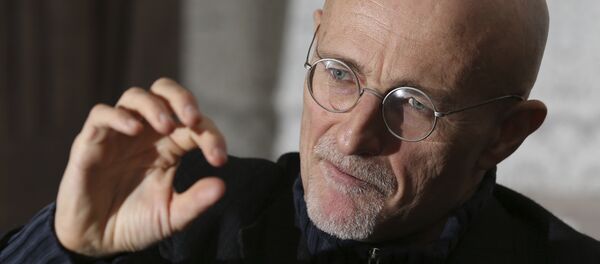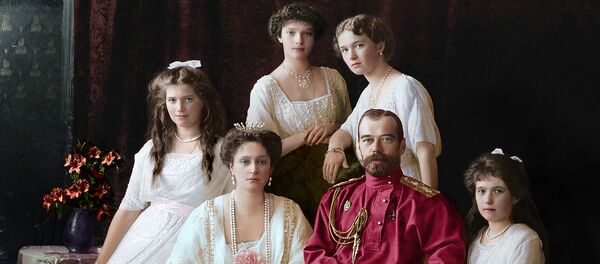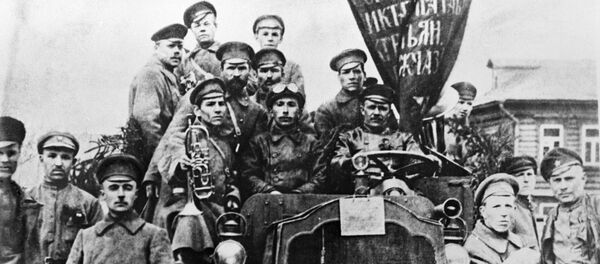The study is based on the analysis of the genomes of the Russian people and those of the prominent European dynasties of the past and present. The DNA breakdown has shown that about 20 percent of contemporary Russians share the same haplogroup as members of the Windsor dynasty, meaning that the test sample providers had common ancestors centuries ago.
“Three years ago we did a DNA test for Vladimir Zhirinovsky (one of modern Russia’s prominent politicians and public figures), and the results showed that he has common ancestors with Napoleon and Einstein. One of Zhirinovsky's haplogroups, E1b1b1, is quite interesting – it is also found in the DNA of Adolf Hitler, Vlad Tepes (also known as known as Vlad the Impaler or Dracula) and Benito Mussolini,” – Valery Ilinsky, director of Genotek, said.
On their maternal side, most contemporary Russians belong to the mitochondrial group (haplogroup) H, which first emerged amongst the peoples of the Middle East and South East Asia about 30 thousand years ago. The carriers of this haplogroup subsequently migrated to Europe roughly 20-25 thousand years ago, and today, some 41 percent of the Europeans share this haplogroup.
It was this particular haplogroup that allowed the researchers to discover the blood ties between 20 percent of Russians and the Queen of England Elizabeth II, along with Maria de Medici among other prominent figures. The discovery proves that ethnic Russians are genetically European as the percentage of the non-European DNA found amongst the samples provided is insignificant.
Most of Imperial Russia’s nobility had blood ties with the House of Romanov or the House of Rurikid, the latter being direct descendants of the Viking invaders, whose presence was prominent in 10th-century Russia, 11th-century England, as well as France, and Sicily of the same era. After the Bolshevik Revolution and the subsequent social chaos, these genomes might have spread widely amongst the broader Russian populace, which explains their presence in 20 percent of contemporary Russians.
An earlier study by Genotek found that only 16.2 percent of contemporary Russians carry the genomes of the original peoples that inhabited the Russian heartland centuries ago. Roughly 19.2 percent of the modern Russian genome is similar to those of the Ukrainians and Belorussians, whilst some 13.1 percent are shared between the Russians and the Finnish people, and another 6.3 percent of the Russian DNA are genomes typical for the people of Hungary, or Magyars.







